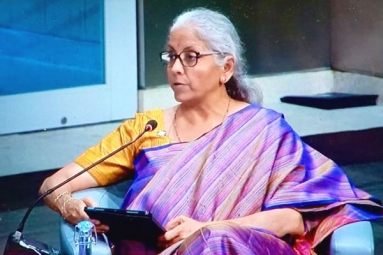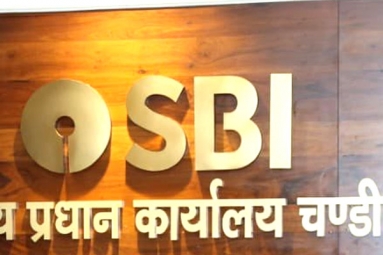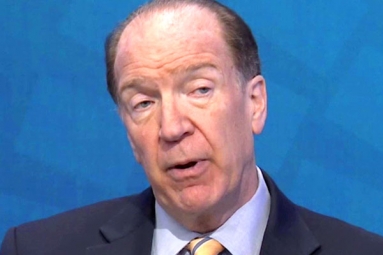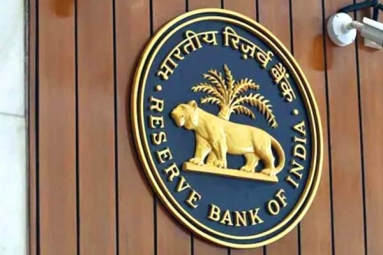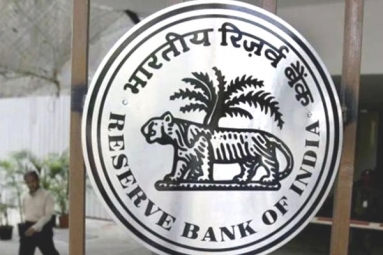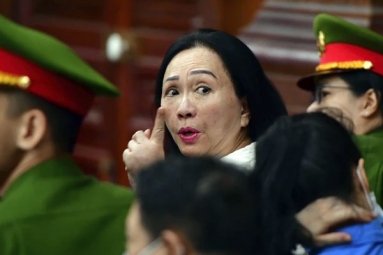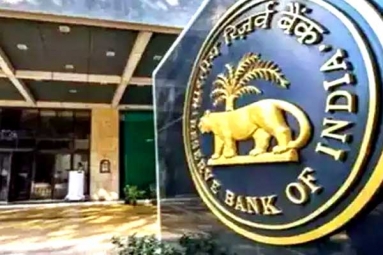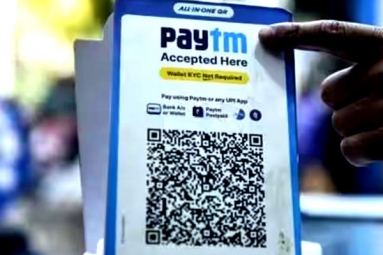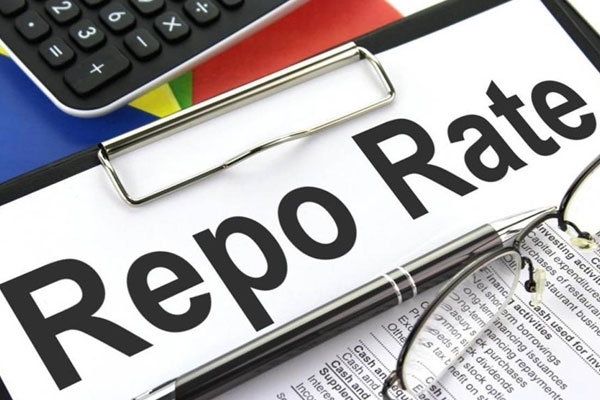
(Image source from: amazonaws.com)
Repo rate is used by monetary authorities to control inflation in the country. Banks use these funds to generate interest rates. RBI tries to balance the rate between what interest the banks can provide borrowers versus how much loan takers are willing to pay as interest. It encourages more competitive environment and diversification and helps maintain control over financial system whenever and wherever necessary to maintain the discipline and prudence in operations of the financial system.
The current Repo rate (as of June 2020) is 5.75% .The RBI established the repo rate gain from 5.15%. The sole purpose of RBI taking the decision to keep key rates stable was being largely in control. RBI has flexibility to make important decisions of their change and move in any direction in the coming months, depending on the economy. Any hike in repo rate will impacted consumption businesses such as eateries, hotels, lodges and also the real estate sector. Also, the change in stance of the RBI from neutral to tightening the system is an indication of the intent the RBI are doing to keep inflation levels under control. In addition to keeping the repo rate on hold, the reverse repo rate has also increased to at 5.75%, while the cash reserve ratio stays at 4.0%.Experts believe repo rates to raise by 2021.
The rupee has increased by 0.5% since the announcement, suggesting that markets were also braced for a drastic increase. Governor Patel sounded relaxed about the rupee value, stating that the RBI did not target a specific exchange rate and would only intervene to mitigate excess volatility. However, he believes the pandemic to be the cause of disturbance. The government also seems to be relaxed with the rupee rate despite the hike in currency system, stating that the RBI did not target a specific exchange rate.
Along with the repo rate, the reverse repo rate has also witnessed a growth. It now stands at 6.25%. This is the rate at which banks lend money to the RBI. Of there is an increase in the repo rate, it will have an impact on people who are borrowing money as banks are likely to increase interest rates on loans in the near future. The RBI sponsors government securities to help control, evaluate and increase the flow of credit through out the country Effective banking policies mean maintaining stable government securities to help Central banks pay attention to the credit generated through out the country . It tries to increase the efficiency in the financial system and tries to incorporate structural changes such as deregulating interest rates, ease operational constraints in the credit delivery system, to introduce new money market instruments etc.
Policy statements from central banks are stating that while the “output gap has virtually closed”, some activity indicators including vehicle sales and retail have weakened.
This hike will have a direct impact on borrowers as banks will start increasing interest rates on loans
By Meena Atmakuri









